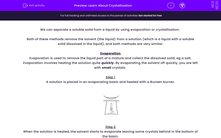We can separate a soluble solid from a liquid by using evaporation or crystallisation.
Both of these methods remove the solvent (the liquid) from a solution (which is a liquid with a soluble solid dissolved in the liquid), and both methods are very similar.
Evaporation
Evaporation is used to remove the liquid part of a mixture and collect the dissolved solid, eg a salt. Evaporation involves heating the solution quite quickly. By evaporating the solvent off quickly, you are left with small crystals.
Step 1
A solution is placed in an evaporating basin and heated with a Bunsen burner.
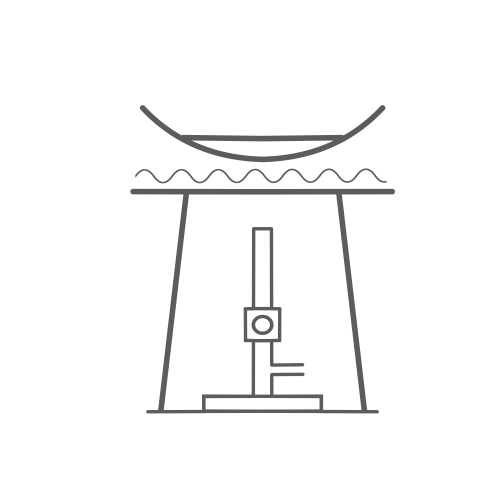
Step 2
When the solution is heated, the solvent starts to evaporate leaving some crystals behind in the bottom of the basin.
Step 3
Continue heating until you are left with dry crystals.
Crystallisation
Crystallisation can be used to obtain crystals of a salt from a solution, such as copper sulfate crystals from copper sulfate solution. It involves slowly heating the solution to evaporate the solvent, leaving solid crystals behind. By evaporating the solvent off slowly using the crystallisation method, you are left with large crystals.
Step 1
A solution is placed in an evaporating basin and heated with a Bunsen burner.

Step 2
When the solution is warmed, some of the solvent evaporates leaving some crystals behind in the bottom of the basin.
Step 3
Stop heating when crystals begin to form around the edge of the basin and about half of the solution has evaporated.
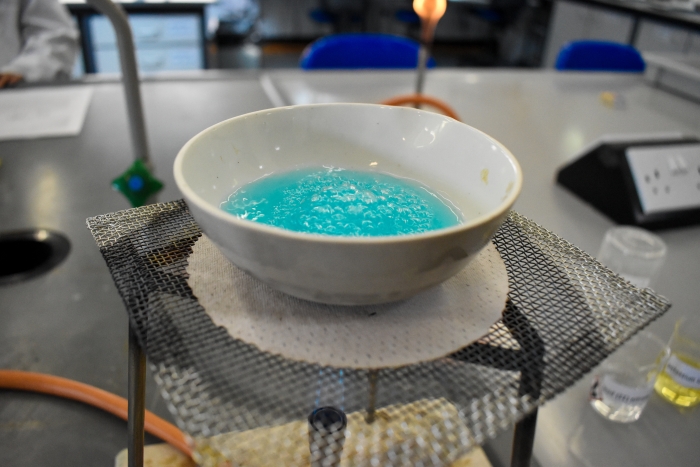
Step 4
Leave the solution to cool down, allowing the remaining solution to evaporate slowly.
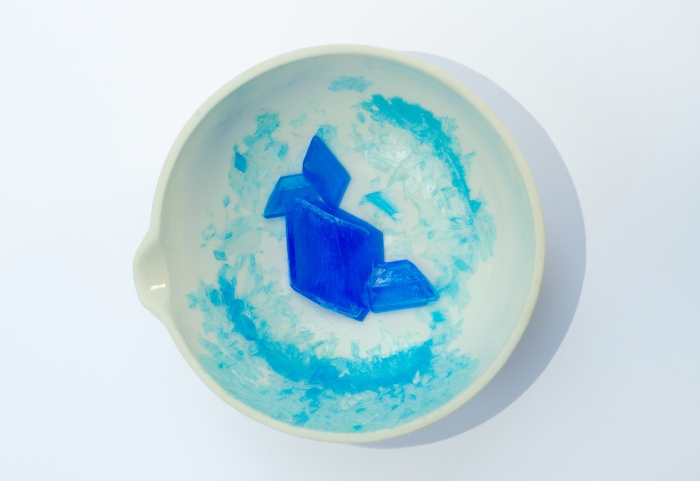
Step 5
Dry the crystals using a warm oven or by patting them with filter paper.
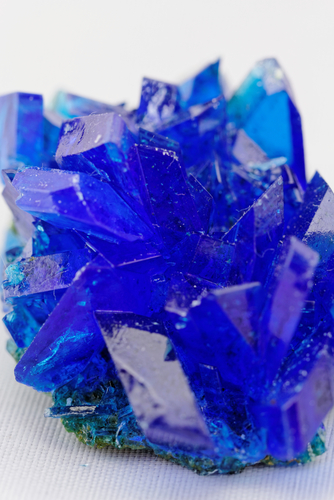
You will be left with beautiful blue crystals of copper sulfate!
Let's try some questions on this now.

